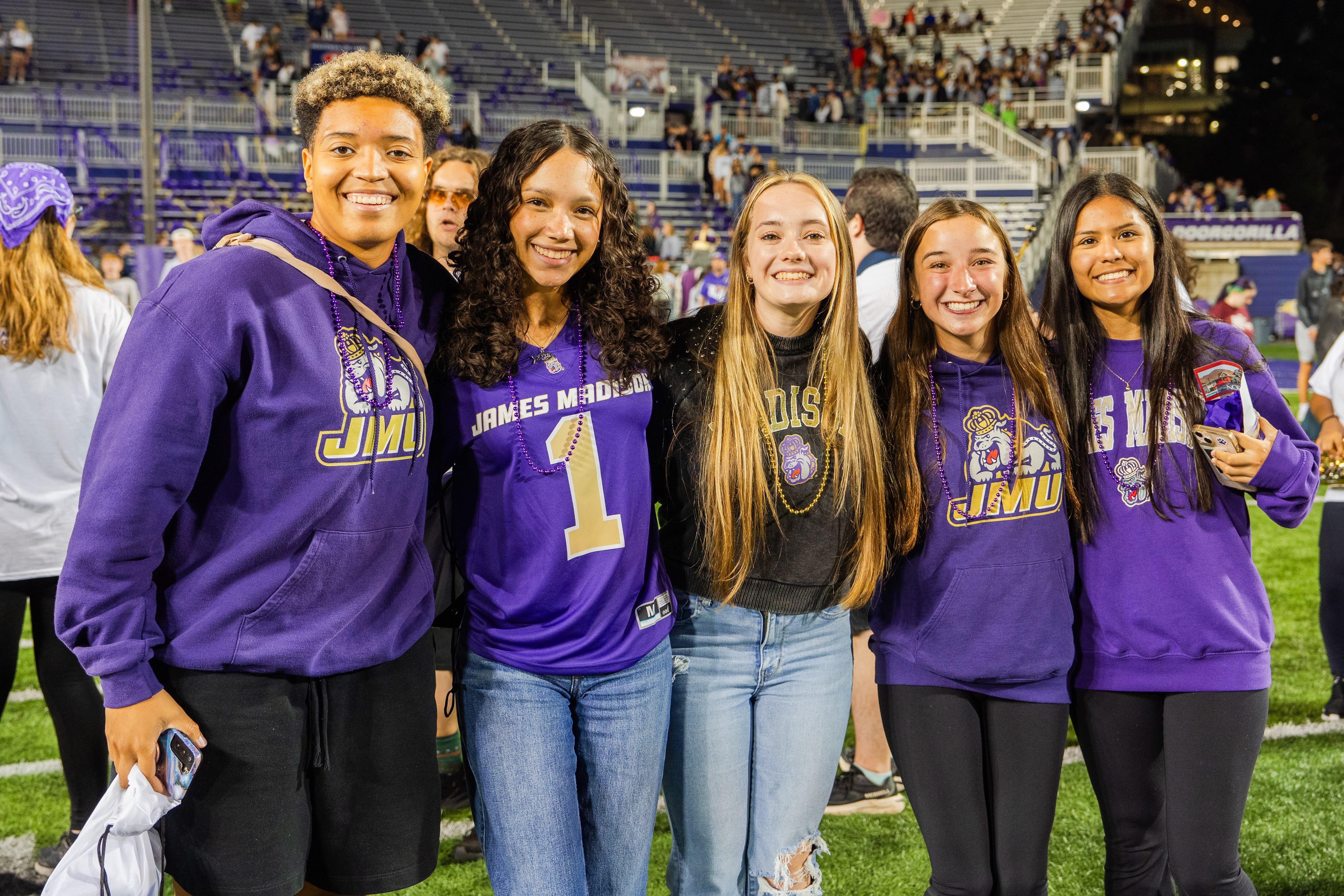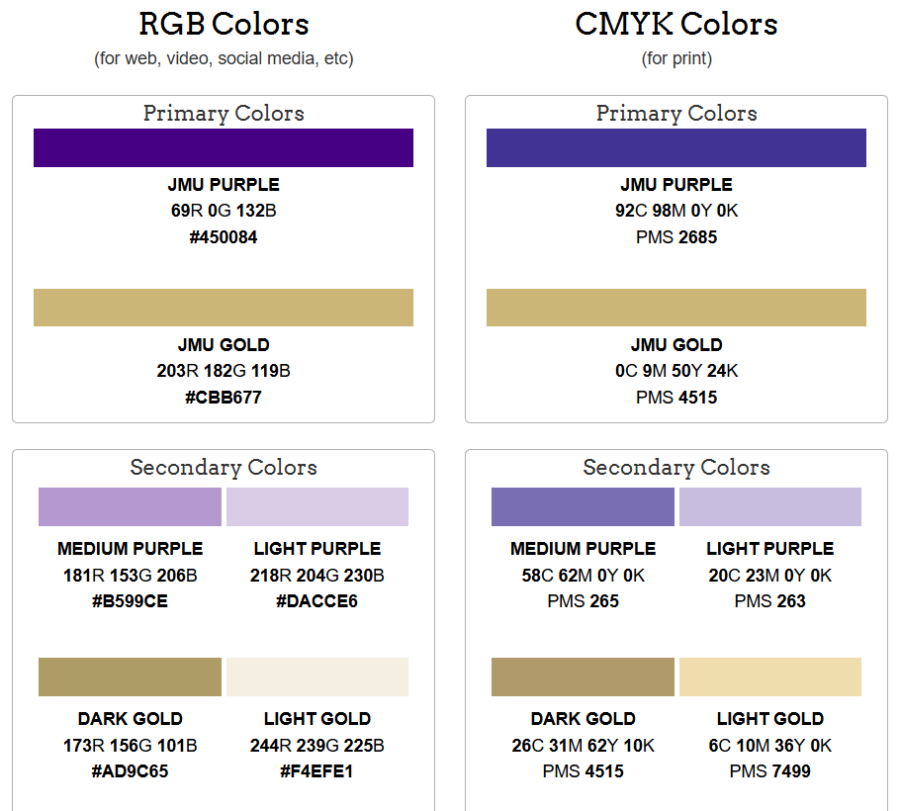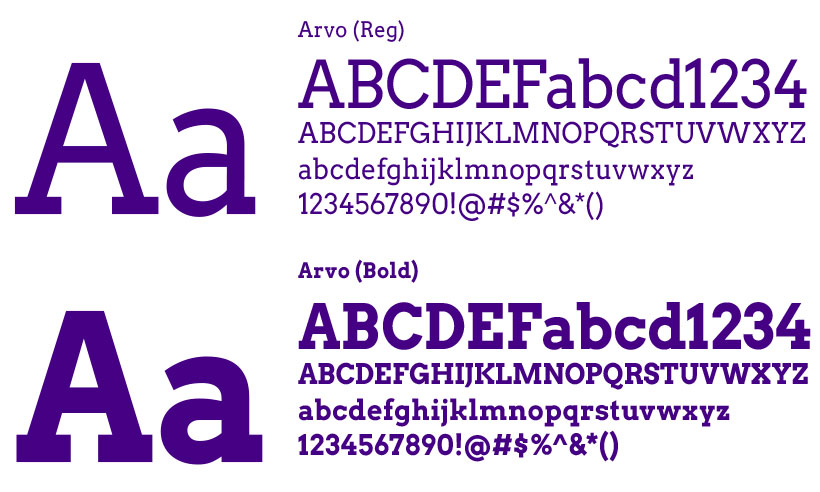How I Reached 3K+ Students & Enhanced Their Experiences & Admission Efficiency Through User Research
JMU Outreach Initiatives
Is an academic institution focused on University Higher Education
3
Th+
Students Reached over the course of 3 years
50
%
Decrease in scripted Jargon | Short and sweet messaging led to more productive conversations
25
%
Increased student engagement by after implementing heuristic evaluations to refine call scripts
Out-of-State Prospective Students
Imagine you are a young adult who lives hundreds of miles away but is curious about what JMU could offer you. You’ve heard good things, but you wonder: Is it worth moving so far from home?
Then you get a personal invite to an outreach program designed just for out-of-state students like you. You join virtual meetups with current students from your state, connect with admissions counselors who understand your questions, and explore resources that make moving easier — like housing tips, travel help, and ways to find your community fast. Suddenly, the distance feels smaller. You feel seen, supported, and excited — ready to take the leap and make JMU your home away from home.
How I used direct user feedback, affinity diagramming, and heuristic evaluations to streamline outreach to prospective students and lower time-to-talk times.
I gathered direct user feedback from prospective students to understand what information they actually wanted during outreach calls. Using affinity diagramming, I organized this feedback to identify key pain points — like confusing scripts or repetitive questions that slowed down conversations. Then, I conducted heuristic evaluations on the outreach scripts to spot where language and flow could be clearer and more engaging.
The result? A more efficient, student-centered outreach process that reduced average talk times while making each conversation feel more relevant and meaningful — helping students get the answers they needed faster and feel more confident about their next steps.
How I used Figma, Google Docs, and Slate — to streamline outreach to prospective students and lower time-to-talk times.
I gathered direct user feedback from prospective students and organized their insights using affinity diagramming in Google Docs to clearly identify pain points in our outreach approach. I used Figma to redesign and prototype clearer, more engaging scripts based on what students actually wanted to hear. Then, I ran heuristic evaluations on these scripts, refining language and flow to cut down unnecessary talking points.
Finally, I implemented and tracked these updates through Slate, ensuring that the new scripts were easy for our team to access and use. The result? A polished, data-informed outreach process that reduced average call times and made conversations feel more personal and effective for every prospective student.
Challenge:
In my role at JMU, I noticed our standardized outreach scripts weren’t resonating with diverse student groups, resulting in disengaged conversations and missed opportunities to connect.
Strategic Approach:
Taking initiative, I led a collaborative effort with fellow callers and an admissions counselor to identify key student segments and communication challenges. I developed and tested multiple script variations tailored to different populations—such as first-generation students and admitted vs. prospective students.
Resolution:
By refining dialogue options based on testing and feedback, I created a dynamic script system that allowed callers to adapt conversations in real time. This empowered the team to build stronger connections, improved student engagement, and directly supported enrollment goals.
35
Percent reduction in workflow bottlenecks by affinity-mapping 25+ pain points from call transcripts and feedback
35
Percent estimate boosted student satisfaction scores by after implementing improvements derived from affinity analysis
50
Percent reduction in cut decision-making time by by visually synthesizing areas of script jargon
Key Contributions:
- Streamlined Processes
- Uncovered recurring pain points in workflows and communications, leading to refined scripts and more efficient call flows.
- Collaborative Problem-Solving
- Facilitated alignment across teams by visually mapping insights, enabling data-backed decisions and prioritized solutions.
- Improved Stakeholder Experience
- Addressed core concerns through targeted adjustments, fostering better engagement and satisfaction.
Strategic Impact:
- Turned unstructured feedback into a clear, actionable framework for continuous improvement.
- Strengthened team coordination and knowledge sharing by creating a shared understanding of challenges and solutions.













